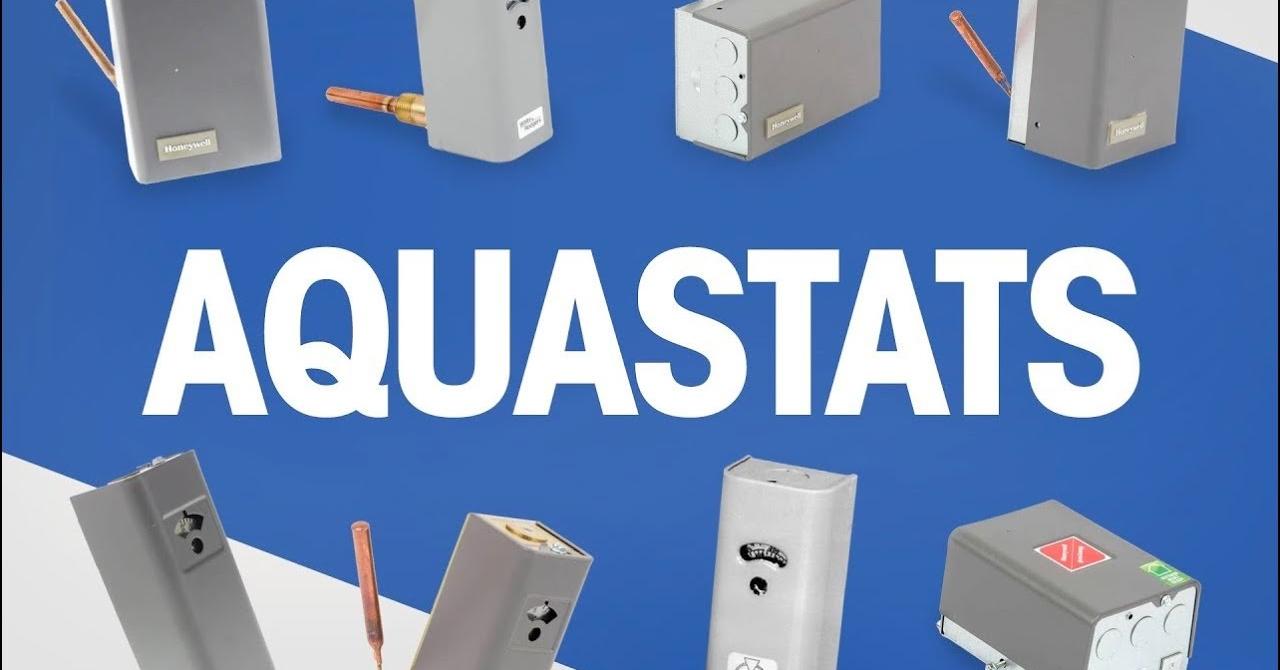Are you curious to know what is an aquastat? You have come to the right place as I am going to tell you everything about an aquastat in a very simple explanation. Without further discussion let’s begin to know what is an aquastat?
In the world of home heating systems, efficiency, comfort, and control are paramount. To maintain the ideal temperature in your home, especially during the chilly winter months, your boiler system relies on various components, including the aquastat. But what exactly is an aquastat, and how does it contribute to the efficient functioning of your heating system? In this blog, we’ll explore the role of aquastat controls, how they work, and their importance in home heating systems.
What Is An Aquastat?
An aquastat is a crucial control device used in hydronic heating systems, such as hot water boilers or radiant heating systems. Its primary function is to monitor and regulate the temperature of the water or other heat transfer fluid circulating within the system. By maintaining a consistent water temperature, aquastat controls help ensure the heating system operates efficiently and provides optimal comfort.
Key Components Of An Aquastat
Aquastat controls typically consist of the following components:
- Temperature Sensor: The heart of the aquastat is a temperature sensor or probe. This sensor is immersed in the water or heat transfer fluid within the boiler or heating system and continuously measures its temperature.
- Setpoint Adjustment: The user or installer can set the desired temperature on the aquastat, which acts as a reference point for the system to maintain.
- Differential Adjustment: The differential setting determines how much the water temperature can fluctuate above or below the setpoint before the system takes corrective action. A smaller differential setting results in less temperature variation.
How Aquastat Controls Work?
The operation of aquastat controls can be summarized as follows:
- Temperature Sensing: The aquastat’s temperature sensor continuously monitors the temperature of the water or heat transfer fluid within the heating system.
- Comparison to Setpoint: The temperature sensor’s readings are compared to the setpoint temperature. If the actual water temperature falls below the setpoint, the aquastat will initiate the heating system to raise the temperature.
- Corrective Action: When the temperature drops below the setpoint, the aquastat triggers the heating system’s burner or electric heating element to activate. The system will continue to heat the water until it reaches or slightly exceeds the setpoint temperature.
- Monitoring and Shutdown: As the system heats the water, the aquastat continuously monitors the temperature. Once the water temperature reaches the desired setpoint, the aquastat will shut off the heating source to prevent overheating.
Visit Singerbio and read everything about the singer.
Importance Of Aquastat Controls
Aquastat controls play a pivotal role in home heating systems for several reasons:
- Energy Efficiency: By maintaining the desired water temperature, aquastat controls help the heating system operate efficiently, reducing energy consumption and costs.
- Comfort: Consistent water temperatures contribute to a comfortable and uniform heat distribution throughout the home.
- Equipment Protection: Aquastat controls prevent the boiler or heating system from overheating, extending the lifespan of the equipment.
- Preventing Freeze-Ups: In cold climates, aquastat controls help prevent the water in the system from freezing, which could lead to damage or inefficiency.
Conclusion
Aquastat controls are the unsung heroes of your home heating system, silently working behind the scenes to regulate water temperature and ensure your comfort and energy efficiency. By maintaining the setpoint temperature and preventing overheating or freezing, aquastats contribute to the reliable and efficient operation of your boiler or hydronic heating system, making them an indispensable part of home heating technology.
FAQ
How Does A Aquastat Work?
The bulb is inserted in the water. As the fill in the bulb is heated by the water, it expands through the tube and exerts pressure on the switch. Pressure changes cause the switch to open or close, which turns the boiler off or on. An aquastat usually comes with the boiler.
What Is The Purpose Of The Aquastat In A Boiler?
An aquastat is a device installed in hydronic water systems for the purpose of controlling temperature within the boiler. An aquastat is similar to the furnace limit switch in operation, maintaining a safe operating temperature for the central heating unit.
What Is Aquastat Relay?
APPLICATION. The L8148A,E,J Aquastat® Relays are immersion-type controllers for use with forced hydronic heating systems. The combination high limit and intermediate switching relay works with a low voltage (24V) thermostat to control burner and circulator circuits.
What Type Of Control Is An Aquastat?
The Aquastat controllers from Resideo are immersion type devices for limiting or regulating the temperature of liquids in boilers, storage tanks, and other applications where temperature control is required.
I Have Covered All The Following Queries And Topics In The Above Article
What Is An Aquastat On A Boiler
What Is An Aquastat Control
What Is Differential Wheel In An Aquastat Do
What Is An Aquastat For?
What Is An Aquastat Vs Aquastat
What Is An Aquastat Used For
What Is An Aquastat In Water Heater
What Is An Aquastat Controller
What Is An Aquastat And How Does It Work
What Is An Aquastat Thermostat
What Is An Aquastat On A Boiler
Honeywell Aquastat
What Is An Aquastat
What is an aquastat used for
